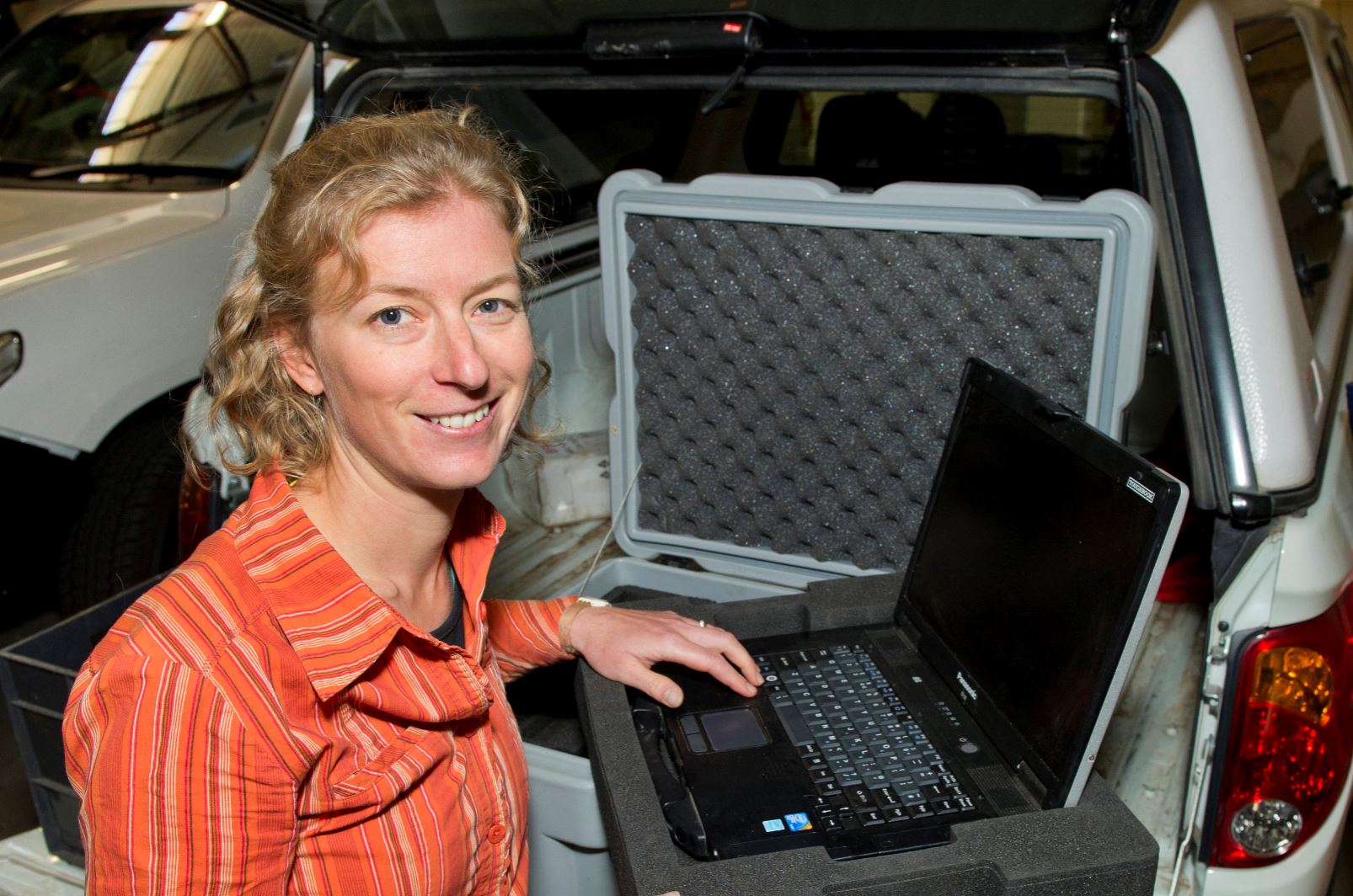
Unconventional gas production, such as coal seam gas and shale gas, raises concerns including possible groundwater contamination.
However just because something is possible does not mean it is probable, Flinders researchers say after quantifying the probability of impacts on water resources from a number of such projects around the world.
Answering contentious issues on ‘fracking’ presents an important scientific challenge.
After reviewing existing case studies, Flinders Centre for Groundwater Research and Training researchers found very low chances of problems with groundwater contamination due to fracking, but a very high likelihood of some kind of incident at the surface where unconventional gas is produced.
They also acknowledge that the severity of the consequences of contamination at the surface as opposed to what happens in the aquifer could be quite different.
The research team comprising Dr Margaret Shanafield, Professor Peter Cook and Professor Craig Simmons conducted the study – Towards Quantifying the Likelihood of Water Resource Impacts from Unconventional Gas Development – to quantify the likelihood of surface water and groundwater contamination, and shallow aquifer depletion from unconventional gas developments.
Results show that spills at the surface can and do happen everywhere that gas production from unconventional reservoirs occur, and that production processes require human vigilance for the prevention and mitigation.
The researchers note that more attention is needed to bring down the chance of surface spills.
The researchers believe the likelihood of something bad happening underground is much lower than the general public may tend to believe but warn that this risk will be quite variable, depending on how deep the gas is and what the geology between that gas and the potable water above it looks like.
“To minimise this risk we must use appropriate well construction technology, really understand our geology (faults and fractures and permeability), and monitor extensively,” says Dr Shanafield.
“It is extremely difficult to understand exactly what is going to happen at depths of several kilometres, and there will likely be some areas where risks are too high to proceed.
“Each site and system really does need to be considered on a case by case basis.”
This research compiled several hundred global scientific comparisons – from Australia, North America and Europe – between the likelihood of impacts to surface and groundwater sources from producing shale gas, tight gas, and coal seam gas.
“Our work synthesises global literature and fundamental scientific understanding to quantify the probability of impacts on water resources occurring,” explains Flinders Professor Simmons, director of the National Centre for Groundwater Research and Training which is based at Flinders University.
Introducing gas production from unconventional reservoirs has led to widespread environmental concerns, amplified by difficult public access to trustworthy data on the likelihood of adverse impacts to their community.
Dr Shanafield says the new report provides an important step forward in presenting quantifiable scientific information, but she recognises that communities still have broad issues surrounding possible unconventional gas production that need to be addressed.
“This is not just about science. We should not underestimate the socio-economic impacts on communities, even if no contamination occurs,” Dr Shanafield says.
“These are outside the scope of our work, but gaining a social license to operate is profoundly important.
“The likelihoods presented in our research provide a starting point for comparing the probabilities of adverse impacts between types of water resources and pathways, rather than just articulating possible impacts in qualitative terms.
“This quantitative scientific understanding is critical for ensuring a well-informed, evidence-based discussion and debate.”

